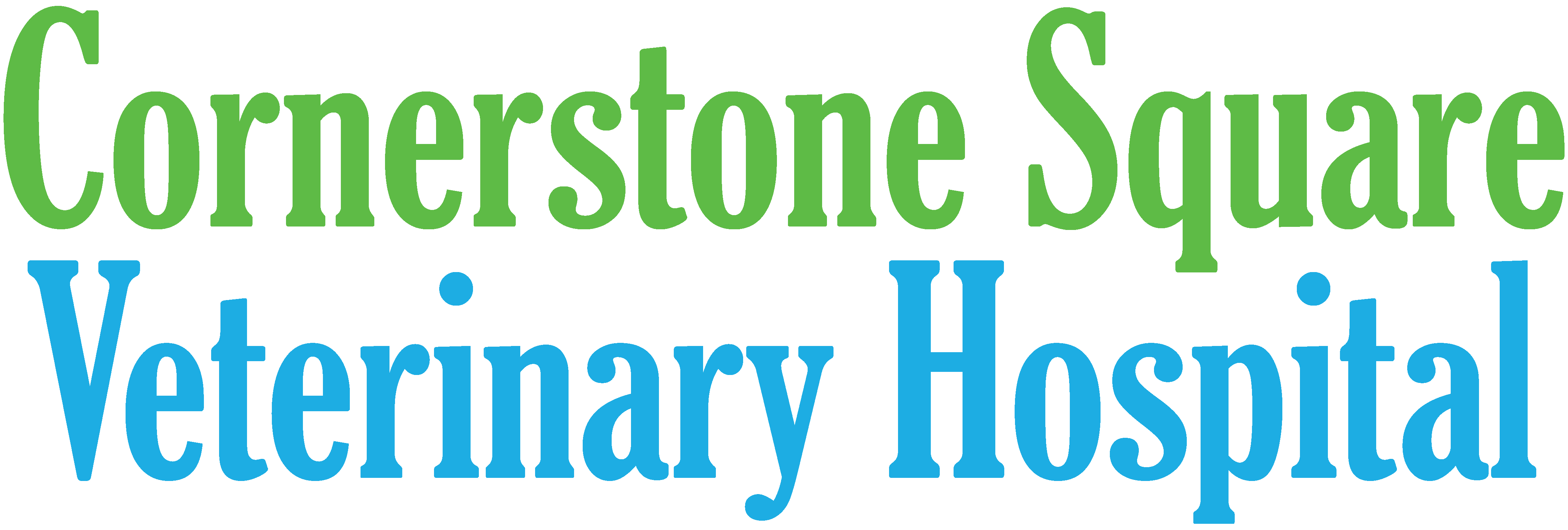Crossing the Border with a Dog
As of August 1, 2024, the Centers for Disease Control and Prevention (CDC) has implemented new regulations regarding the entry of dogs into the USA. The steps required for bringing your dog into the country will vary based on their travel history over the past six months.
For more information, you can review the guidelines on the CFIA website.
The responsibility to follow CDC and other regulations rests with pet owners but we’re here to ensure you have all the support you need every step of the way.
Parasite Control and Prevention: Things to think about before you go
Travelling with your furry companion can be a wonderful experience, but it’s essential to prioritize parasite control and prevention to ensure their health and well-being during your trip. Here are some travel-specific tips for protecting your dog against parasites:
- Pre-Trip Vet Visit: Schedule a pre-trip veterinary check-up to ensure your dog is up-to-date on parasite preventives and vaccinations. Your vet can also provide recommendations for parasite control products suitable for your destination.
- Pack Essential Supplies: Bring along essential parasite prevention supplies, including oral and topical flea, tick and worm preventives, and tick removal tools. Ensure you have an adequate supply for the duration of your trip.
- Research Your Destination: Research the parasite risks at your travel destination, including prevalent ticks, worms and any disease outbreaks. This information will help you prepare and take the necessary precautions to protect your dog. When exploring new environments, avoid high-risk areas known for parasite infestations, such as wooded areas, tall grass, and stagnant water bodies where ticks and fleas thrive.
- Avoid Contact with Stray Animals and Wild Life: Minimize your dog’s contact with stray or unfamiliar animals, as they may carry parasites or infectious diseases. Keep your dog on a leash and supervise them closely in public areas.
- Cleanliness and Hygiene: Maintain good hygiene practices for your dog, including regular baths and grooming to remove debris and pests from their coat. These are also good opportunities to check for ticks and fleas.
By following these travel-specific tips for parasite control and prevention, you can help ensure a safe and enjoyable trip for both you and your beloved canine companion. Remember to prioritize your dog’s health and well-being at all times, especially when exploring new destinations together.




